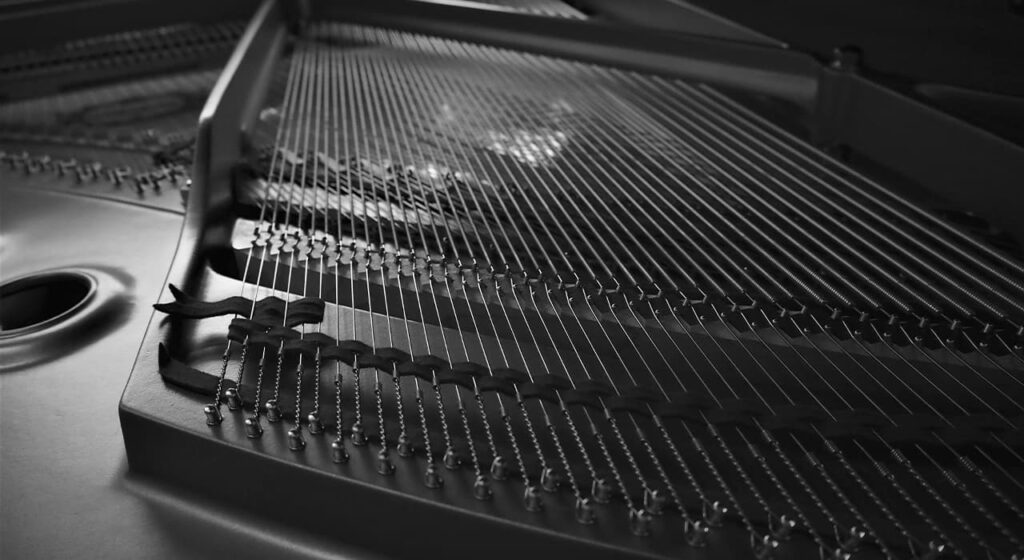Music of the classical period was characterized by a homophonic structure or obvious melody with accompaniment. These new melodies tended to be almost vocal and singable, allowing composers to actually replace singers as the main element of the music. Thus instrumental music quickly supplanted opera and other forms of performance (such as oratorio ), becoming a favorite of musical audiences and the epitome of great composition. But opera did not disappear: during the classical period, several composers began staging operas for the general public in their native languages (usually were in Italian).
Along with the controlled shifting of the voice benefits of stronger and clearer melodies, counterpoint also usually became a decorative touch, often used near the end of a piece or for a solitary movement. Instead, simple patterns such as arpeggios and, in piano music, Alberti’s bass (an accompaniment with a repeating pattern, usually in the left hand) were used to enliven the movement of the piece. confusing additional voice. Several well-defined forms dominated the now popular instrumental music: sonata, symphony, and concerto, although none were specifically defined. or taught at the time, as now, in music theory. All three performed from the sonata form, which is both the superior of the entire work and the structure of a single movement. The sonata form was formed in the classical era and became the forms of instrumental compositions throughout the nineteenth century.
The early classical period was inaugurated by the Mannheim School, which included composers such as Johann Stamitz, Franz Xaver Richter, Karl Stamitz, and Christian Kannabich. He had a profound influence on Joseph Haydn and, through him, on all subsequent European music. Wolfgang Amadeus Mozart was a central figure of the classical period, and his phenomenal and varied works in all genres define the perception of this period. Ludwig van Beethoven and Franz Schubert were composers in transition, leading into the Romantic period, with their expanded use of genres, forms, and even functions of music.
